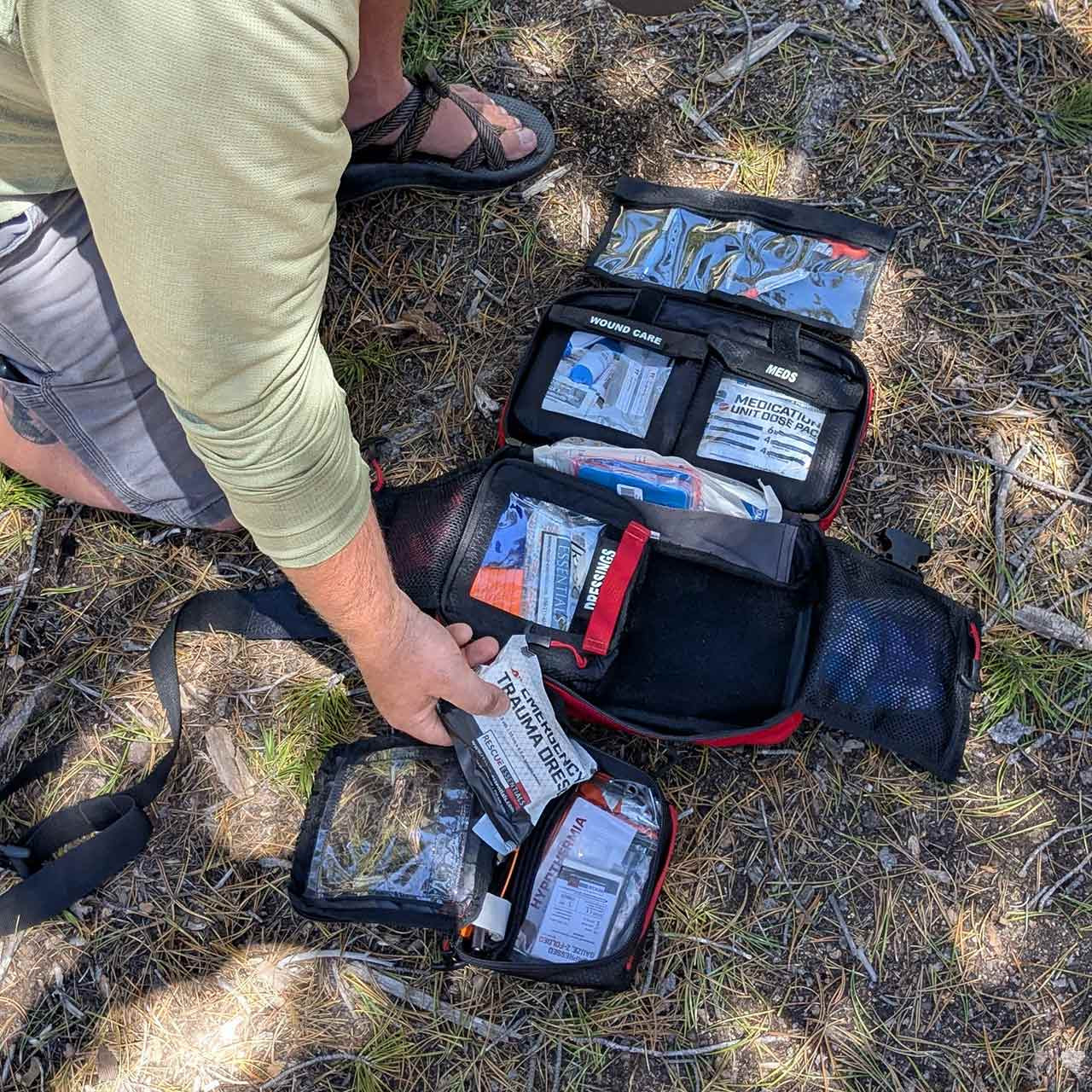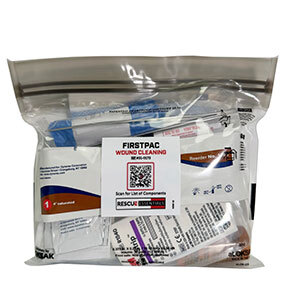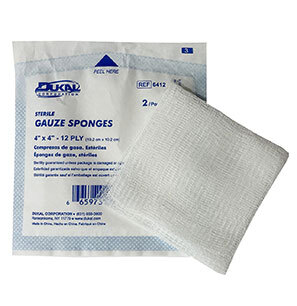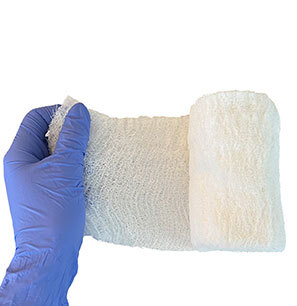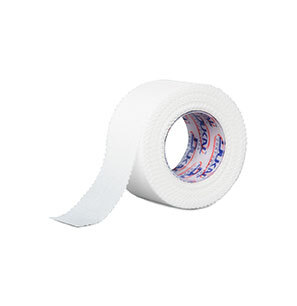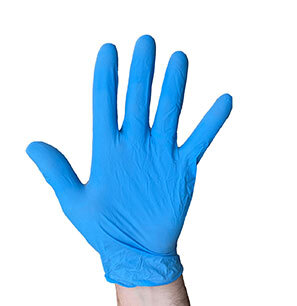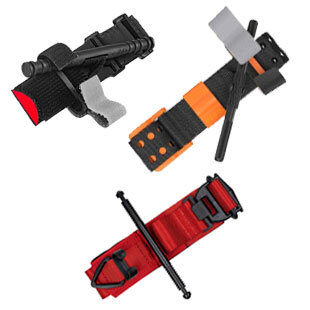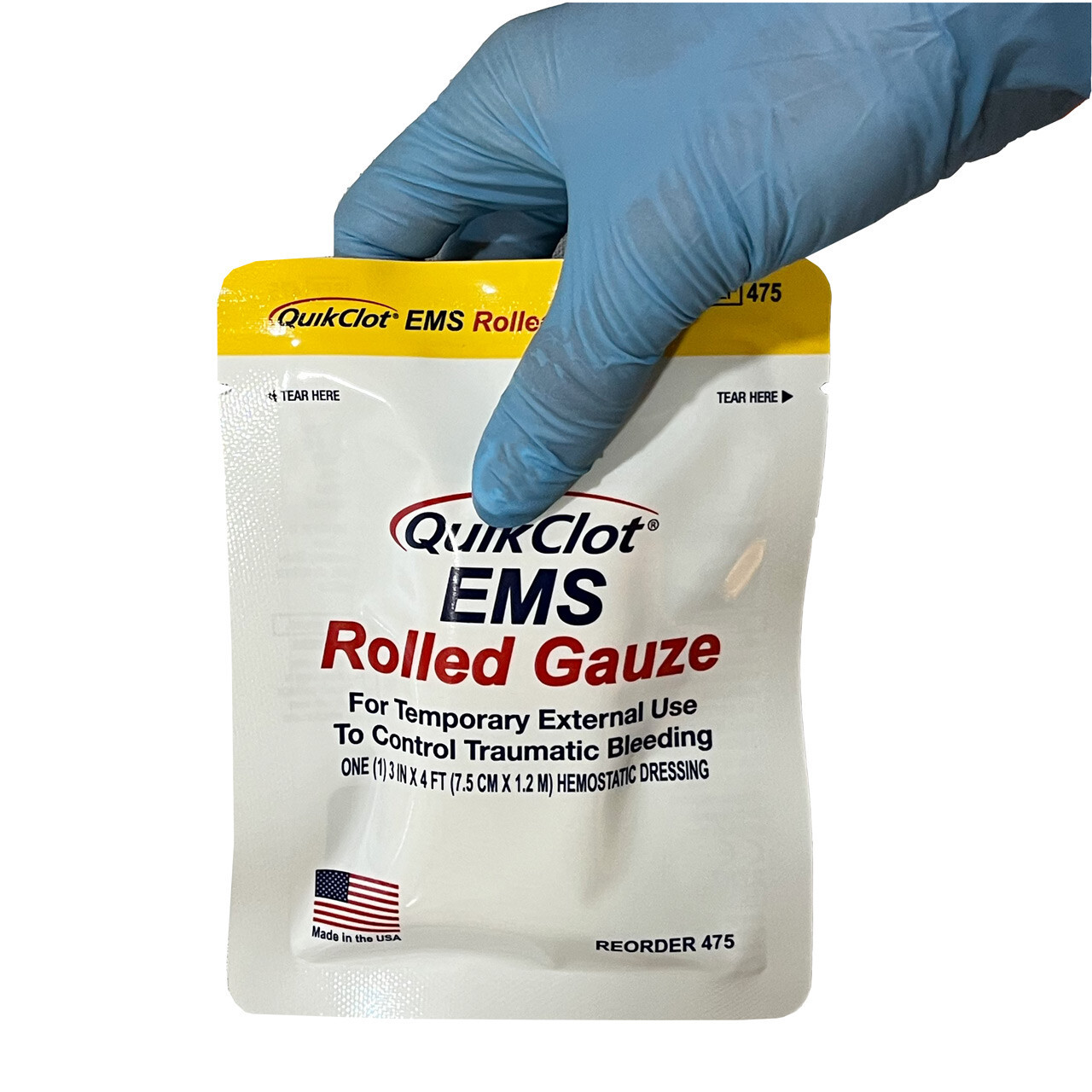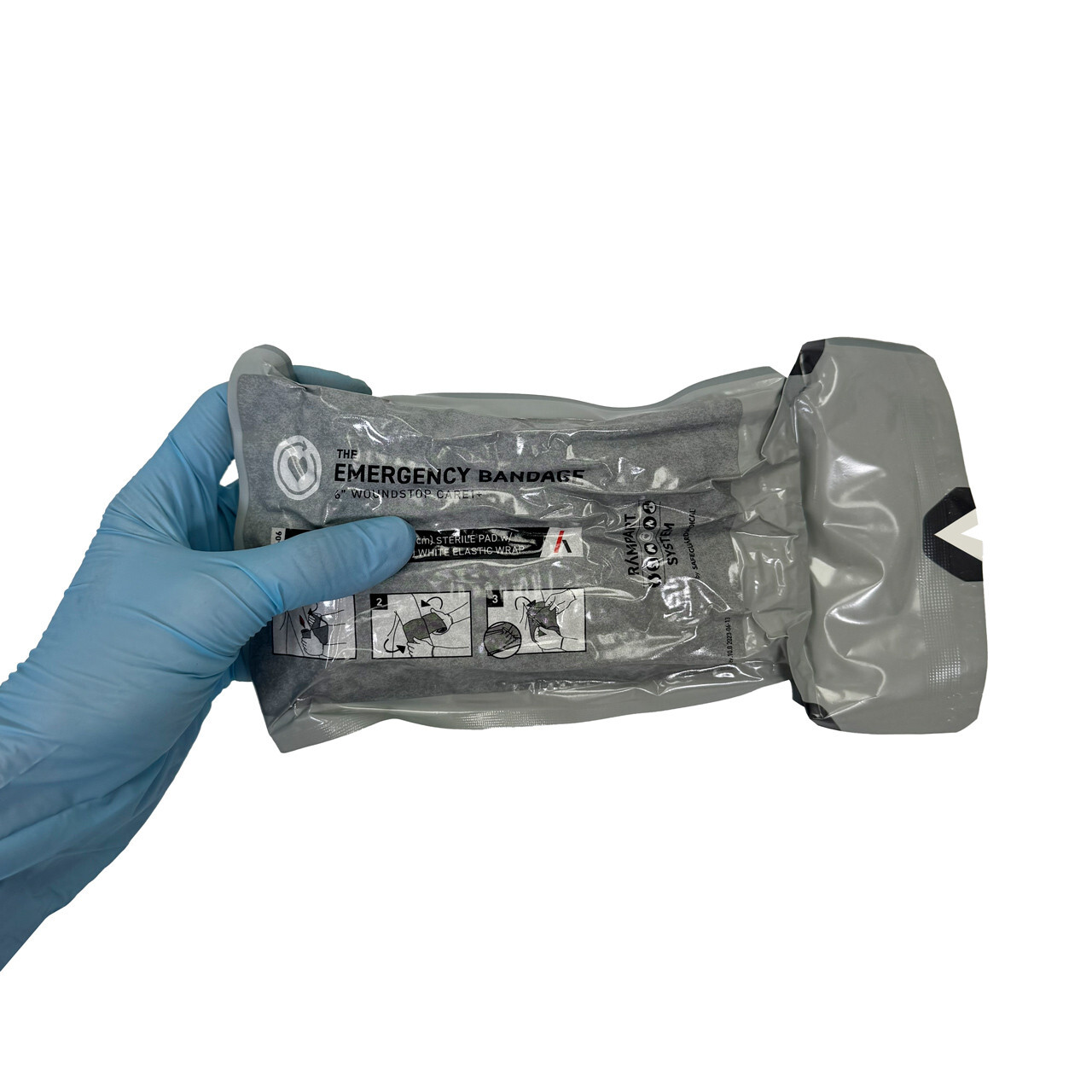For professional first responders or those with limited medical training, having the right emergency medical supplies can bridge the gap between injury and definitive care. Whether you’re a volunteer firefighter, SAR member, tactical team medic, or disaster response volunteer, building your own trauma response kit ensures you carry what you will use – and nothing you won’t. Learn how to make your own DIY First Aid Kit.
Why Build Your Own First Responder Kit?
Pre-packed kits are valuable, but a DIY first aid kit where you can customize your own ensures your field medical equipment meets your operational environment, team SOPs, and personal skill level. You’ll save weight, cut redundancy, and gain confidence knowing every piece of gear has a purpose.
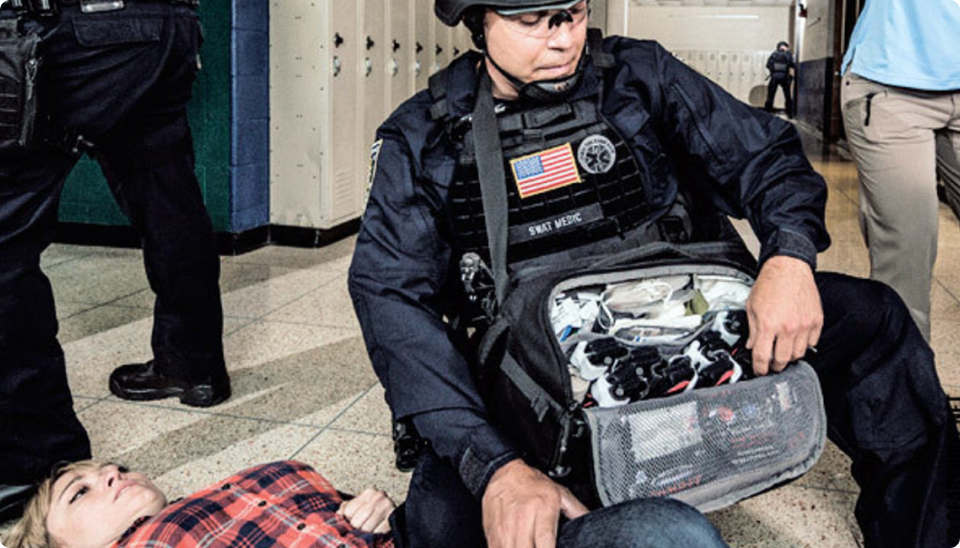
Emergency Medical Supplies: The Foundation
At its core, your kit should cover three priorities: bleeding control, airway and breathing support, and basic wound care. Let’s break down each component category.
Bandages and Dressings
Include assorted sizes of gauze pads, rolled gauze, and pressure dressings. Combine these with elastic wraps to secure dressings or support sprains.
Antiseptic Wipes and Cleaning Supplies
For infection prevention, pack alcohol pads or povidone-iodine swabs. These are compact first aid essentials for cleaning minor wounds fast.
Gloves: Protect Yourself and the Patient
Always carry multiple pairs of nitrile gloves. They prevent cross-contamination during trauma care and are critical care supplies in any medical emergency kit.
Adhesive Tape and Medical Scissors
Tape secures dressings, splints, and bandages. Trauma shears cut clothing away to access injuries. These are must-haves in paramedic equipment bags.
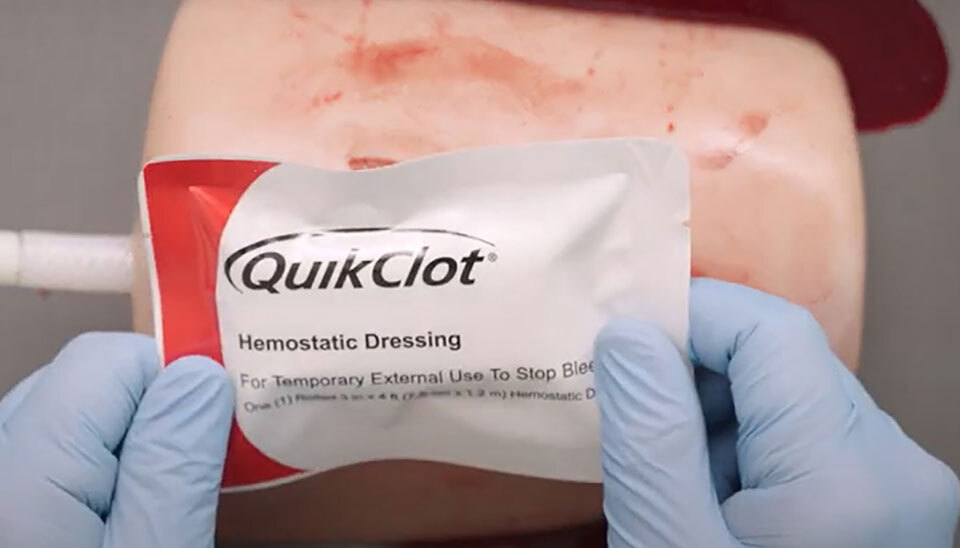
Trauma Response Kits: Advanced Bleeding Control
Severe bleeding is the top preventable cause of death in prehospital trauma. Your kit must address it. For DIY first aid kits, choose your favorite products (or the ones you have been trained on) to make sure reactions are swift and effective.
Tourniquets: Essential for Major Bleeds
Pack at least one windlass tourniquet like the CAT 7 Tourniquet, SAM XT Tourniquet or SOF Tourniquet. Know how to use it one-handed for self-application. Train annually to refresh your skills.
Hemostatic Gauze
Hemostatic gauze such as QuikClot or ChitoSAM accelerates clotting in junctional wounds or areas where tourniquets aren’t effective. These are standard in tactical medical packs and EMS medical gear.
Pressure Bandages
Include an Israeli or OLAES bandage for efficient bleeding control. These combine non-adherent dressings, wraps, and built-in pressure applicators.
Additional First Aid Components to Consider
Airway and Breathing Support
Managing airway compromise can save lives in trauma or medical emergencies. If you are making a DIY First Aid Kit, select the tools for your level of training.
CPR Masks
Carry a pocket CPR mask or face shield to perform rescue breaths safely without direct mouth-to-mouth contact. Find CPR masks here.
Nasopharyngeal Airways (NPAs)
NPAs maintain airway patency in unconscious patients with an intact gag reflex. Pack water-based lubricant for insertion. Find NPAs here.
Chest Seals
For suspected penetrating chest injuries, vented chest seals prevent tension pneumothorax. These are standard in rescue medical kits for tactical and EMS providers. Find chest seals here.
Splinting and Immobilization
Fractures and sprains require immobilization to prevent further injury. When considering what to add to your DIY first aid kit, space, weight and expected scenarios should factor in to your decisions on what to include.
SAM Splints
Lightweight, moldable SAM splints fit in most rapid response medical kits and immobilize limbs effectively when paired with elastic wraps or tape. Find SAM Splints here.
Triangle Bandages
Carry at least two for improvised slings or securing splints. Their versatility earns them a place in any advanced first aid kit. Find Triangle Bandages here.
Advanced Splinting
For larger kits designed to deal with massive trauma, consider carrying traction splints for leg fractures or vacuum splints for more stable immobilization of injured extremities. Find STS Traction Splints here.
Medications and Critical Care Supplies
Include only what you’re trained and authorized to administer in your DIY first aid kit.
Pain Management and Comfort Meds
For basic responders, over-the-counter NSAIDs in original packaging can be included if allowed by protocol. Antihistamines, anti-diarrheals, and antacids can be a game changer. They can be carried in small quantities and can have a big impact on your day. Find Medications Unit Dose Packs here.
Glucose or Oral Sugar
Glucose gel or tablets treat hypoglycemia rapidly in diabetic emergencies. Find Glucose here.
Electrolyte Tablets
Useful for responders operating in hot environments to prevent dehydration and cramping. Find Electrolytes here.
Customizing for Your Environment
Urban Operations
Urban kits can prioritize compact rapid response medical kits focusing on bleeding control, airway tools, and basic wound care since EMS is nearby.
Rural Response
Include more comprehensive disaster preparedness kits. Longer transport times require gear for extended care, including splints, space blankets, and advanced first aid kits.
Wilderness and Remote Settings
Survival medical supplies are key. Pack blister care, environmental protection, water purification tablets, and trauma gear in rugged, weatherproof tactical medical packs.
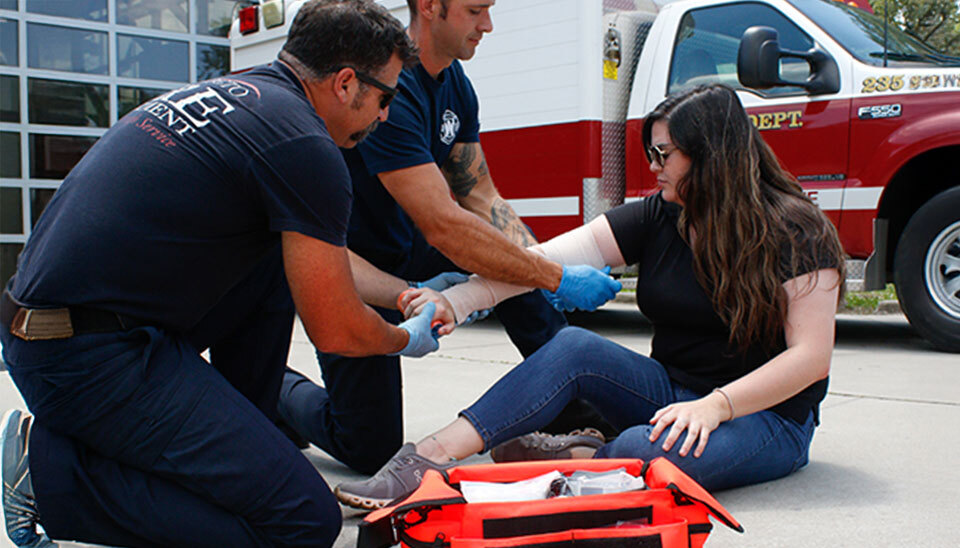
Adapting to Your Skill Level
Basic First Aiders
Focus on simple tools with clear instructions. Example: pre-packed bleeding control kits with gloves, gauze, and tourniquets.
Intermediate Responders
If you have Stop the Bleed or TECC training, add chest seals, NPAs, and hemostatic gauze to your kit.
Advanced Providers
EMTs and paramedics should build out full paramedic equipment bags, incorporating advanced airway adjuncts, trauma airway kits, IV supplies (if in scope), and critical care supplies tailored to agency protocols.
Field Medical Equipment Organization
Use Color-Coded Pouches
Separate airway, bleeding control, and splinting supplies for rapid access. It cuts down search time under stress.
Label Everything Clearly
Label compartments externally. Seconds matter in trauma care.
Storage Solutions: Accessibility and Protection
Vehicle Storage
Keep kits in a secured, temperature-controlled area to prevent degradation of medications and adhesives.
On-Person Carry
Use IFAKs or belt-mounted pouches for high-risk operations requiring immediate access. MOLLE and PALS systems offer easy ways to attach kits to belts, vests and even larger bags.
Station or Base Storage
Larger rescue medical kits should remain stocked and inventoried at your response base for rapid grab-and-go deployment.
Maintaining Your Kit
Check Expiration Dates Monthly
Inspect antiseptics, medications, and hemostatics for expiration dates and replace as needed.
Repack After Every Use
After a call or training, restock your kit immediately to maintain readiness. Keep replacement components organized in a central location.
Upgrade as Skills Grow
As you gain training and certifications, update your gear to match your expanding capabilities and confidence.
Recommended Additions for Specialized Teams
Tactical Teams
Add tactical tourniquets, hemostatics, occlusive dressings, and combat gauze in easily deployable configurations.
Disaster Response
Pack additional water purification, food rations, shelter materials, and environmental protection items in your disaster preparedness kits.
Search and Rescue
Consider field medical equipment for prolonged operations, including warming blankets, blister care kits, and electrolyte replenishment supplies.
Psychological First Aid Supplies
Include small items such as notepads and pens to record vitals, events, or patient information during chaotic scenes.
Personal Hygiene and Comfort
Add hand sanitizer, wipes, and small comfort items to maintain hygiene and morale during extended incidents.
Empowerment Through Preparedness
Carrying a customized medical emergency kit empowers you to take decisive action. It also builds public trust when community members see responders confident and ready.
Building a Culture of Preparedness
Encourage your team to build their own kits. Host build nights where responders assemble kits together, share knowledge, and align on equipment standards.
Where to Source Quality Gear
Purchase from trusted suppliers like Rescue Essentials to ensure your trauma response kits contain reliable, field-tested components.
Own Your Readiness
Emergencies happen without notice. By building, customizing, and maintaining your own first responder medical kit, you take control of your readiness and enhance the safety of those around you.
